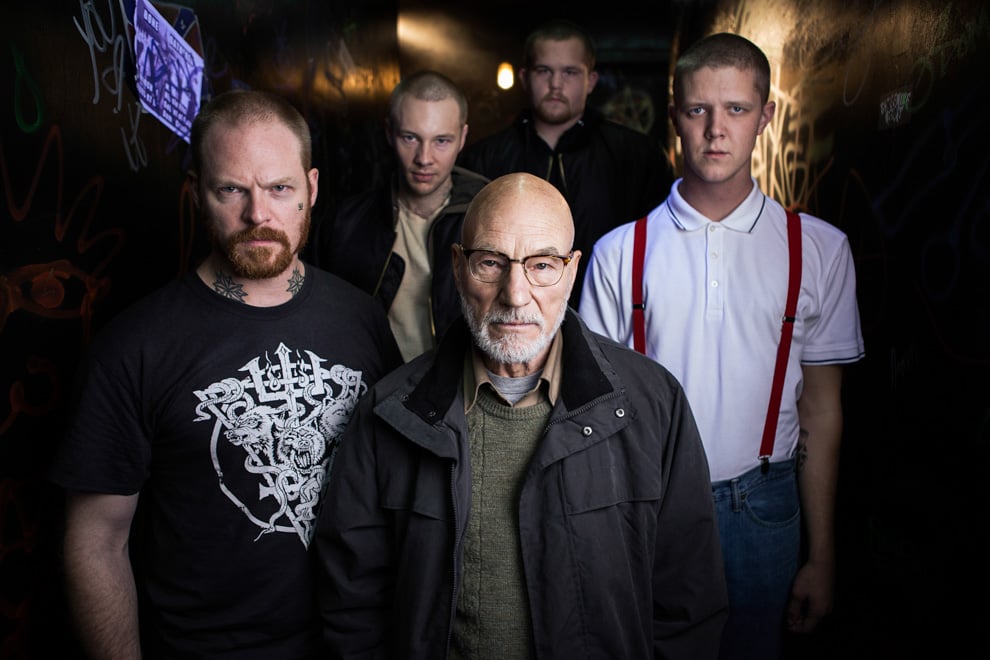Jeremy Saulnier’s thriller “Green Room” is not going to be for everyone. Arms are mutilated, faces are shot off and there are heavy casualties throughout the film. But for midnight movie fans, “Green Room” is a delirious hit of pure fun, made by people who have the appropriate amount of respect for the oft-maligned genre. It is an impeccably cast, intricately plotted, powerfully directed work of grizzly terror.
The basic story is pure schlock. A punk-rock band accepts a last minute gig, only realizing upon arrival that they will be playing to a compound full of neo-Nazi white supremacists. From there things quickly devolve when one of the band members accidentally witnesses a gruesome murder, and they are sequestered in the compound’s green room.
While the story sounds simplistic, the plot of the film is actually quite intricate. Saulnier is curious about how both sides would react in such a situation, and he doesn’t stereotype either party as either idiotic 20-somethings or unstoppable monsters. Instead they are just two groups of people with conflicting goals and assets, trying to resolve a very tricky problem. Each action one side makes forces the other side to respond, creating an unpredictable war of constantly escalating aggression and tension. As opposed to lesser genre directors who are only interested in gore, Saulnier is interested in consequences. This is an exploitation movie with uncommon weight and substance, because it believably grounds its violence and cruelty.
A lot of credit for this must go to the excellent cast Saulnier has assembled. Patrick Stewart does fantastic work, cast against type as the chilling yet fallible leader of the Nazis. Anton Yelchin makes his character – a quiet, reserved musician who is completely out of his depth in this world of violence – hearteningly sympathetic. Imogen Poots has never been better as a bitterly acerbic ex-Nazi that sides with the band members after she sees her best friend murdered. Her character is the most rational thinker in the group but also the least invested in living. And Macon Blair does wonders as a Nazi that becomes increasingly uneasy with the means used to eliminate the band. None of these characters initially want to use violence, but all of them are willing to resort to it under the right circumstances.
Films like this are often accused of sadism. And for lesser entries in the exploitation genre, this charge is certainly true. But for works like “Green Room,” this critique reflects a fundamental misunderstanding of their aims. The film is interested in the monstrous acts people can perform, but it is also interested in the fact that despite these acts they remain people. Late in the film, a dying Nazi is comforted by his dying attack dog. It’s a tender moment between two vicious creatures that thought they had the upper hand. The film understands the stupidity of violence, but to show this stupidity, it just has to play out a very violent scenario.
Equal parts intelligent, humane and gruesome, “Green Room” is a compulsively watchable backwoods thriller with a punky, spit-in-your-face spirit.
Contact Raymond Maspons at raymondm ‘at’ stanford.edu.
